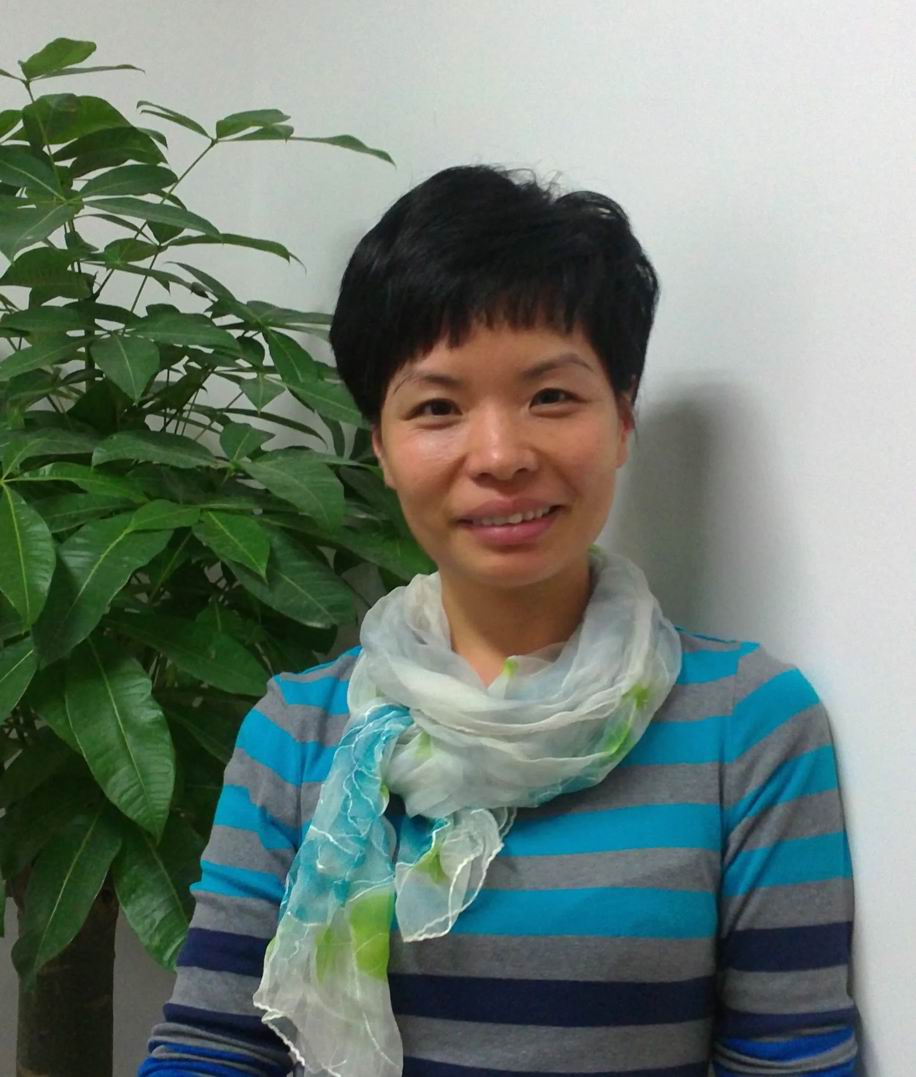 金利华 JIN Lihua, Ph.D.
金利华 JIN Lihua, Ph.D.
副教授
Tel:+86-592- 2181560
E-mail: jinlh@xmu.edu.cn
2011年7月至今,厦门大学生命科学学院,副教授
2008年9月-2011年6月,厦门大学生命科学学院,助理教授
2008年10月-2010年3月,美国匹兹堡大学药学院,博士后
2006年3月-2008年8月,厦门大学医学院生物医学工程研究中心,助理教授
2004年8月-2005年1月,香港科技大学生物化学系,研究助理
2000年9月-2005年12月,就读于厦门大学生命科学学院,生物化学与分子生物学专业,博士
1994年9月-1998年6月,就读于华中师范大学生命科学学院,生物学专业,学士
2011-present, School of Life Science, Xiamen University, Associate Professor
2008-2011, School of Life Science, Xiamen University, Assistant Professor
2008-2010, Center for Pharmacogenetics, School of Pharmacy, University of Pittsburgh, Postdoc
2006-2008, Research Center of Biomedical Engineering, Medical College, Xiamen University, Assistant Professor
2004-2005, Department of Biochemistry, Hong Kong University of Science and Technology, Research Assistant
2000-2005, Ph.D in Biochemistry and Molecular Biology, Xiamen University, 1994-1998, B.Sc. in Biology, Huazhong Normal University, Wuhan, China
研究领域(Research Area)
主要从事药物与靶点之间相互作用的构效关系及药物调控机制的研究。将药理学、生理学、生物化学与结构生物学等研究手段进行全新有机的结合,从药物与靶标的构效关系、药物作用的生理和病理效应以及药物调控的分子机理等方面开展全面的研究,为新药的研发提供科学依据和指导。
The nuclear receptors are important drug targets due to their regulation functions in physiological and also pathological processes. We are working on screening new drugs targeting nuclear receptors, and the structure–activity relationship (SAR) analysis of nuclear receptors, the physiological and pathological effects of drugs, and the molecular mechanism of the effects regulated by new drugs, using research tools of pharmacology, physiology, biochemistry and structural biology, to provide scientific basis and guidance for developing novel drugs.
代表性论文(Selected Publications) *corresponding author
1.Jin L, Feng X, Pan Z, Inaba Y, Qiu L, Zheng W, Lin S, Wang R, Rong H, Wang Z, Li S, Xie W, and Li Y*. The antiparasitic drug ivermectin is a novel FXR ligand that regulates metabolism. 2013, Nature Communications, Jun 3;4:1937.
2.Zheng W, Feng X,Qiu L, Pan Z, Wang R, Lin S, Hou L, Jin L*, and Li Y*. Identification of the antibiotic ionomycin as an unexpected peroxisome proliferator-activated receptor γ (PPARγ) ligand with a unique binding mode and effective glucose-lowering activity in a mouse model of diabetes. Diabetologia. 2013 Feb; 56(2):401-11.
3.Jin L, Lin S, Rong H, Zheng S, Jin S, Wang R, Li Y*. Structural basis for Iloprost as a dual peroxisome proliferator-acrivated receptor α/δ agonist. Journal of Biological Chemistry. 2011 Sep 9; 286(36):31473-9.
4.Jin L, Li Y. Structural and functional insights into nuclear receptor signaling. Advanced Drug Delivery Reviews. 2010 Aug 17, 62: 1218–1226.
5.Jin L, Martynowski D, Zheng S, Wada T, Xie W, and Li Y*. Structural basis for hydroxycholesterols as natural ligands of orphan nuclear receptor RORγ. Molecular Endocrinology. 2010 May;24(5):923-9. Epub 2010 Mar 4.
6.Yang B, Jiang J*, Du H, Geng G, Jiang Z, Yao C, Zhang Q, Jin L*. The decreased MAO activity and MAO-A expression as diagnostic indicators of human esophageal cancers. Biomarkers, 2009 Dec; 14(8): 624–629.
7.Jin LH, Yang BY, Zhang L, Lin PL, Cui C, Tang J*. Patterning of HeLa Cells on a Microfabricated Au-Coated ITO Substrate. Langmuir 2009 May, 25(9), 5380–5383.
8.Luo W, Zou H, Jin L, Lin S, Li Q, Ye Z, Rui H, Lin SC. Axin contains three separable domains that confer intramolecular, homodimeric, and heterodimeric interactions involved in distinct functions. Journal of Biological Chemistry. 2005, 280(6): 5054-5060.
9.Jin L, Shao QJ, Luo W, Ye ZY, Li Q, Lin SC. Detection of point mutations of the Axin1 gene in colorectal cancers. International Journal of Cancer, 2003, 107(5): 696-9.
10.Luo W, Ng WW, Jin L, Ye Z, Han J, Lin SC. Axin utilizes distinct regions for competitive MEKK1 and MEKK4 binding and JNK activation. Journal of Biological Chemistry, 2003, 278(39):37451-8.